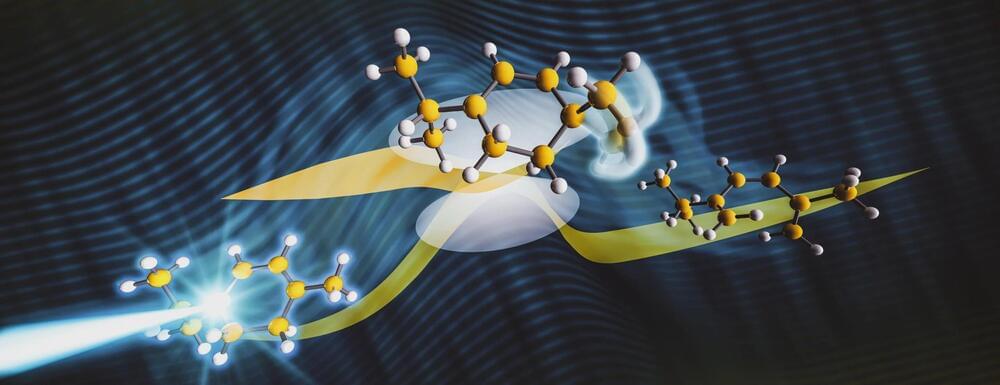Using a high-speed “electron camera” at the Department of Energy’s SLAC National Accelerator Laboratory and cutting-edge quantum simulations, scientists have directly imaged a photochemical “transition state,” a specific configuration of a molecule’s atoms determining the chemical outcome, during a ring-opening reaction in the molecule α-terpinene. This is the first time that scientists have precisely tracked molecular structure through a photochemical ring-opening reaction, triggered when light energy is absorbed by a substance’s molecules.
The results, published in Nature Communications, could further our understanding of similar reactions with vital roles in chemistry, such as the production of vitamin D in our bodies.
Transition states generally occur in chemical reactions which are triggered not by light but by heat. They are like a point of no return for molecules involved in a chemical reaction: As the molecules gain the energy needed to fuel the reaction, they rearrange themselves into a fleeting configuration before they complete their transformation into new molecules.
